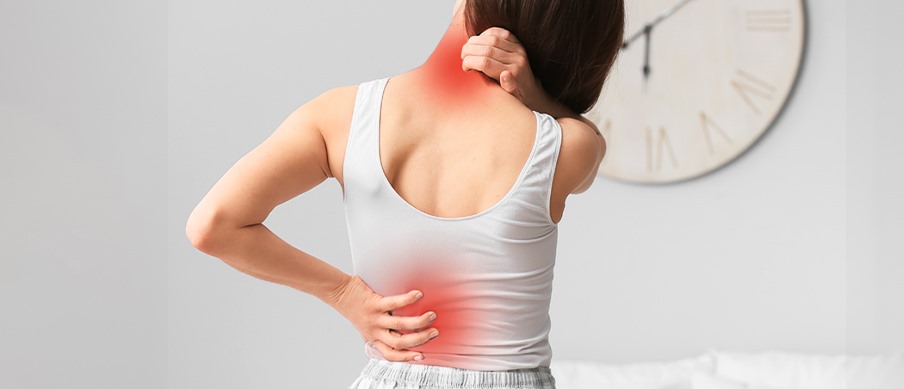Conditions We See

Here at ACME Orthopaedics, we provide expert care tailored to the unique needs of children and adolescents. As both children and adolescents have yet to fully develop, they are more susceptible to different trauma injuries or birth deformities. Our aim is to take into consideration the different factors that would be best suited to better support their musculoskeletal health. Learn more about the various paediatric orthopaedic conditions, empowering you to make informed decisions about your child’s care and well-being.

General Conditions
ACME Orthopaedics strives to deliver thorough, patient-centred care for all orthopaedic conditions. If you have any concerns about your musculoskeletal health, our doctor will evaluate your injury and its underlying causes, supporting you through the recovery journey.

Foot & Ankle
The foot and ankle consists of complex joints, muslces, tendons, ligaments and nerves. The ankle joint connects the foot and comprises of three bones: Tibia (shinbone), fibula (calf bone) and talus. The shinbone and calfbone are bones of the lower leg that enables the up and down movement of the foot. Both the foot and ankle are crucial parts of the body that helps provide the body stability, maintaining the body’s balance and movement.

Knee
The knee joint is one of the biggest joints in the body and its located in the middle of the leg, where the thigh bone (femur) meets the shin bone (tibia). The knee joints play a crucial role in leg movment, supporting the body and keeping the body balanced.

Hip
The hip joint is a ball-and-socket joint that connects the thigh bone (femur) and the hip bone (pelvis). The hip joint consists of bones, cartilage, synovium, bursa, ligaments, tendons and muscles—all these work together to provide support and balance for the upper body and allow leg movement.

Spine
The spine refers to the backbone or a bony strucutre that supports the body, connects different parts of the musculoskeletal system such as bones and muscles and encloses the spinal cord and spinal fluid. It is made up of three segments: Cervical spine (Neck), thoracic spine (curve of the chest) and lumbar spine (lower back). These segments form the natural curves that is essential for balance. Besisdes these segments, the spine also consists of vertebrae and discs. Discs acts as cushions between the vertebrae, allowing the spine to bend and twist.
ACME Orthopaedics strives to deliver thorough, patient-centred care for all orthopaedic conditions. If you have any concerns about your musculoskeletal health, our doctor will evaluate your injury and its underlying causes, supporting you through the recovery journey.

Elbow
The elbow is a hinge joint located in the centre of the arm, one of the body’s most used joints. The elbow consists of three bones: the Humerus (the upper arm bone), the ulna (the forearm bone on the pinky finger side) and the radius (the forearm bone on the thumb side). An articular cartilage covers the surfaces of these bones where they meet to form the joint. Besides the bones, the elbow also consists of ligaments, tendons, muscles and nerves that work together to ensure mobility. However, if any structures sustain an injury, elbow pain can become a problem for any patient.

Shoulder
The shoulder, also known as the glenohumeral joint, is a ball and socket joint that allows a wide range of shoulder movements. Furthermore, the shoulder is a skeletal muscle that comprises of three bones: Scapula (shoulder blade), humerus (bones between the shoulder and elbow) and clavicle (collarbone). These bones are joined together by ligaments, tendons, muscles and joints. This allow indivisduals to control how the body moves and work. Shoulder injuries are common especially amongst individuals who use the shoulders for overhead motions or if constant stress is placed on the muscle.

Wrist & Fingers
The wrist and fingers are highly intricate structures that work harmoniously to provide strength, stability, and flexibility. The coordination of bones, joints, muscles, tendons, and nerves enables a wide range of movements, including the fine motor tasks essential for daily activities. When any part of this complex system is compromised, it can significantly impact functionality, leading to difficulties performing routine tasks and affecting overall quality of life.

